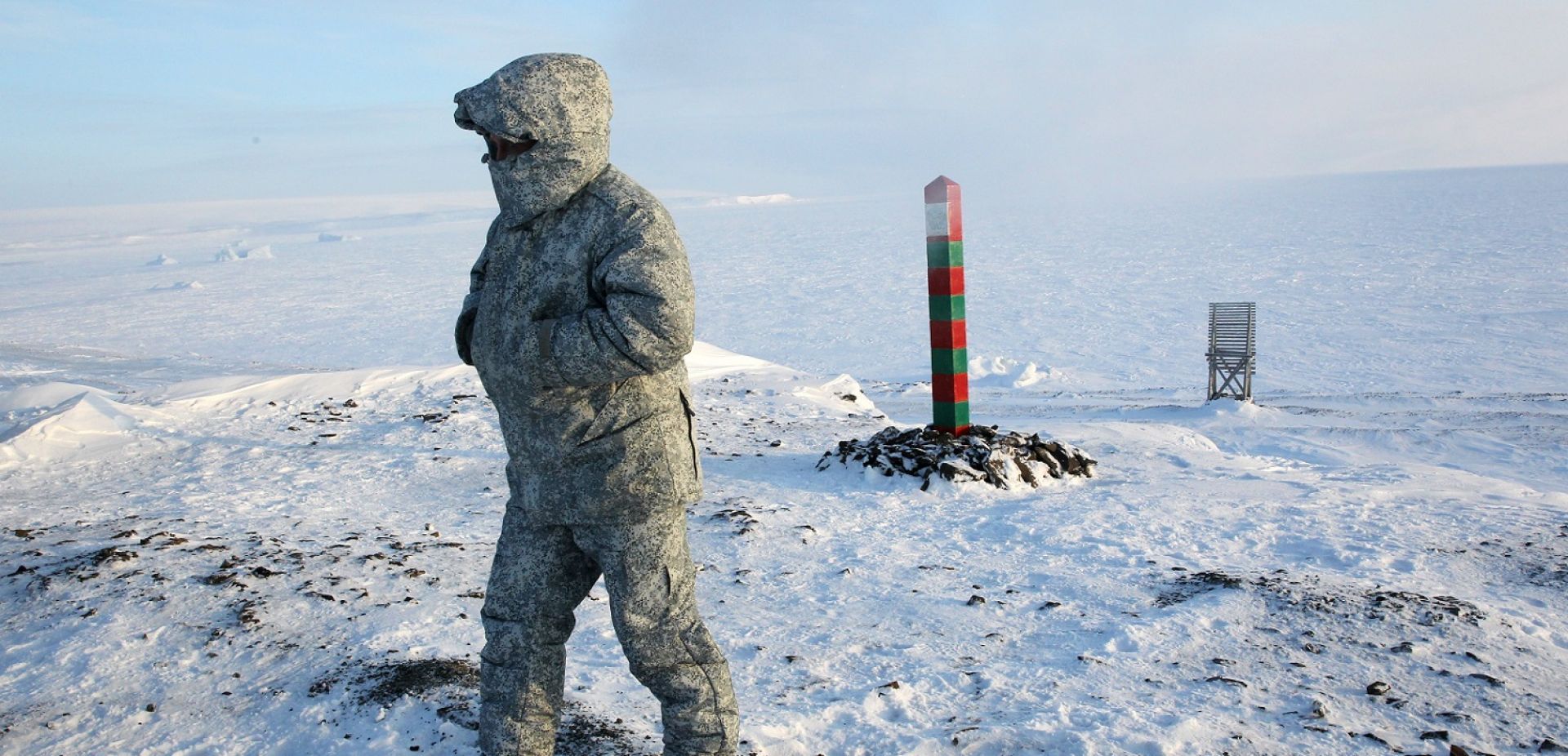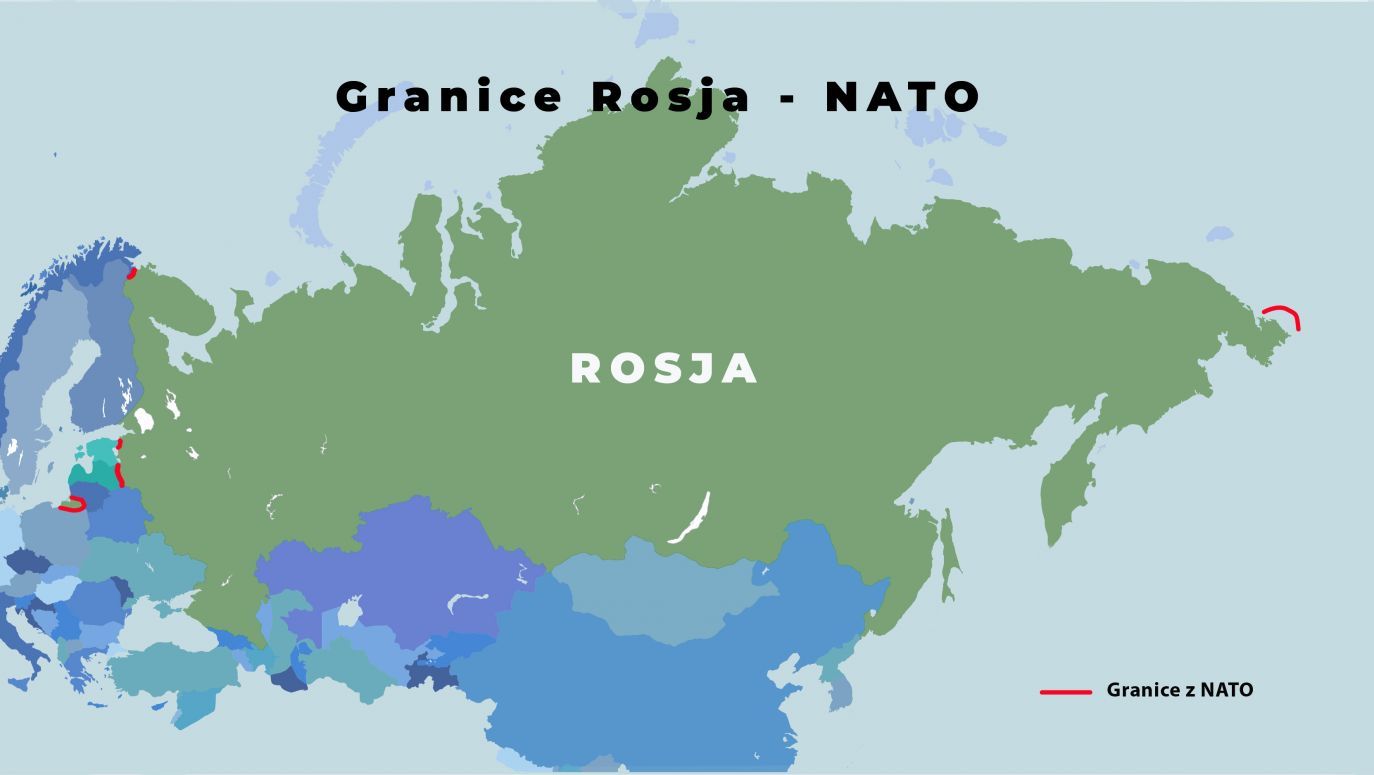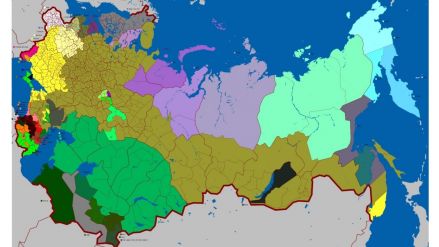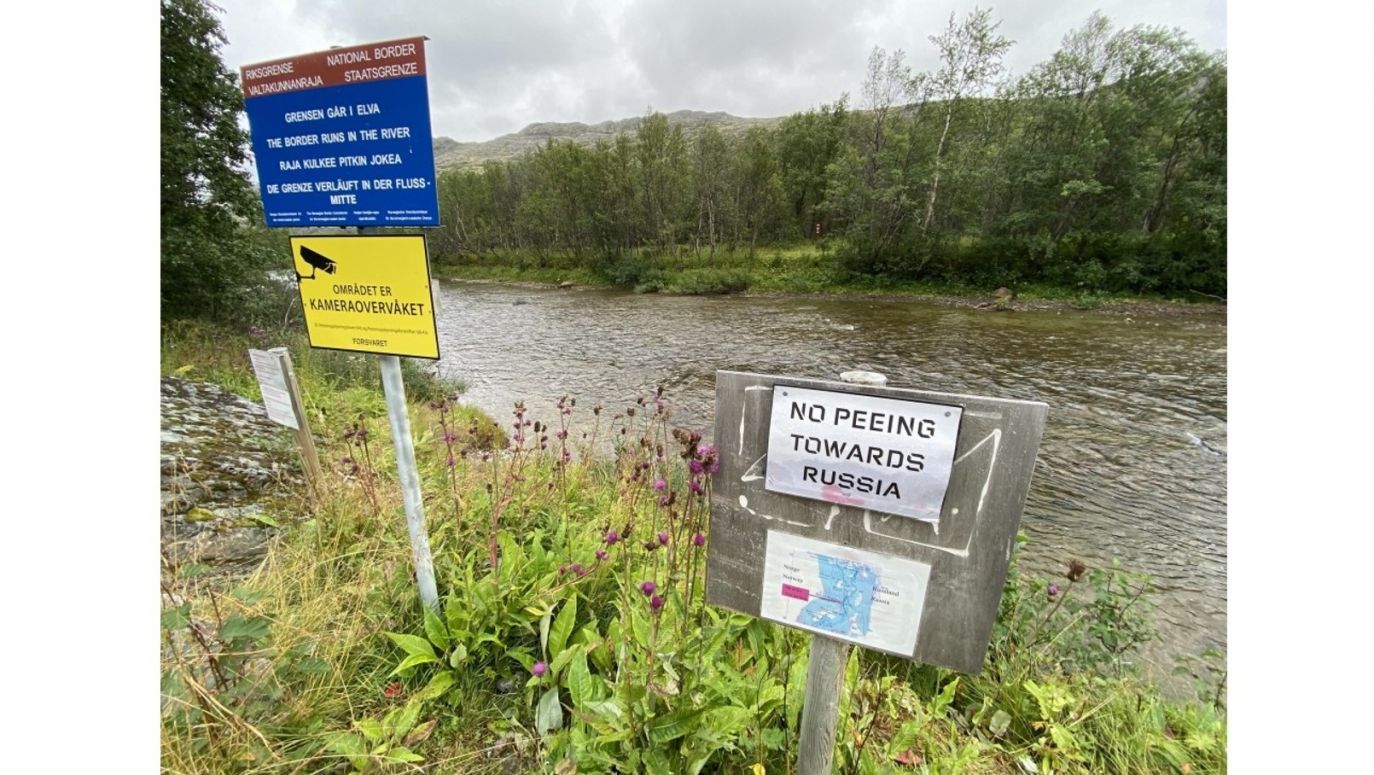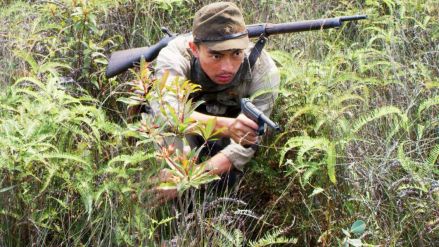But maybe it is but a joke from the field of topology? There is another one, well-known and droll, having been told by maths teachers since last summer, so let us recall it once again: a certain king offers his daughter to the one who manages to enclose his immeasurable states. To the daredevils who arrive at his court he gives a few yards of rope: pull through! The suitors tension the rope, some of them try to split into thinner strings to make it longer, but it has been in vain: their bones turn white on the pasturelands. At last, a topologist arrives. He stretches a string across several stakes, stands in the centre of the circle thus marked out, and declares: IT IS US WHO ARE STANDING OUTSIDE. And he lives happily ever after…
Taxying on a “putinodrome”
If such a trick can be played on the perfect surface, perhaps Russian mathematicians, trained in non-Euclidean geometries – and there were many starting off with the genius from Kazan, Nikolai Ivanovich Lobachevsky (1792-1856), invented a space in which it is thinkable to encircle a geometric figure with the use of 6% of its circumference. This new figure may be called a “putinoktaedr”, the new curve – a “putinodroma”. But it is more likely that it is a problem not from the field of topology but psychopathology that we are dealing with.
 WAR IN UKRAINE
WAR IN UKRAINE 
For it cannot be denied that the total length of “NATO” borders with Russia is, however you measure it, more or less 1/15 of the whole. OK, in the case of sea borders it looks more serious because it is as many as 14 per cent – but only when you count coastal and territorial waters. If the open sea borders, be it only the oceanic ones – with the Pacific (17k km) and the Arctic Ocean (19,7k km) were to be taken into consideration – this “sea border” by few Norwegian rocks and the Vistula Spit, it shrinks to some 4‰.
Four per mille – not bad, even for a drinking Russian border guard but still too little to talk about “encirclement”. We feel somewhat instinctively, without being topologists, that we can talk about encompassing, be it a fortress or military unit, only when exercise control over much more than half of its circumference…
But this is Russia who always has been the “MOST” in many aspects, also when it comes to frontiers – so she also worries about them MOST.
Russia remains, of course, THE biggest country in the world (17 million sq. km, almost as much as the next two countries on the podium, i.e. Canada and the PRC combined). Although she still doesn’t have the longest land borders – here she was slightly surpassed by China (22.2k sq. km as opposed to Russian 20k). But it can always be argued that in this contest China was last but one and Moscow won the prestigious second place. Besides, there may be alterations to that, a successful tank raid will do, won’t it?
In turn, thanks to the creative approach towards political geography, i.e. to creating four unrecognized quasi-states: Abkhazia, South Ossetia, as well as the Donetsk & Luhansk People’s Republics – Russia has the greatest number of neighbours: twenty!
